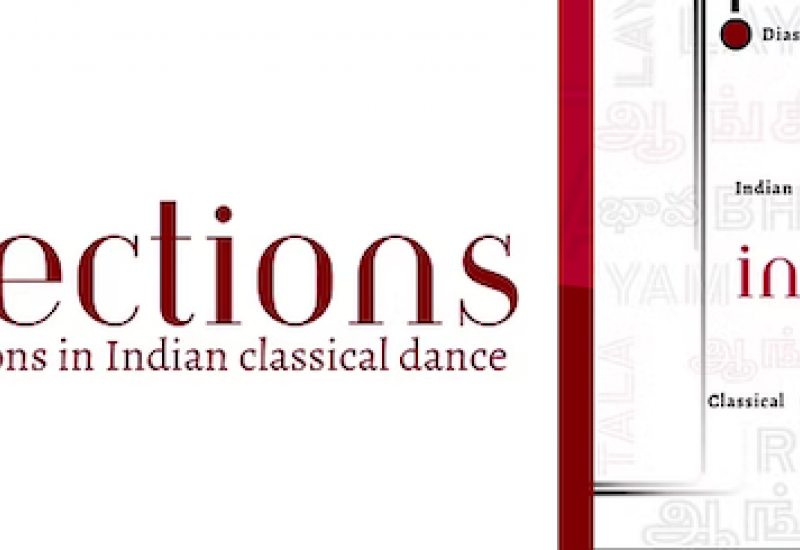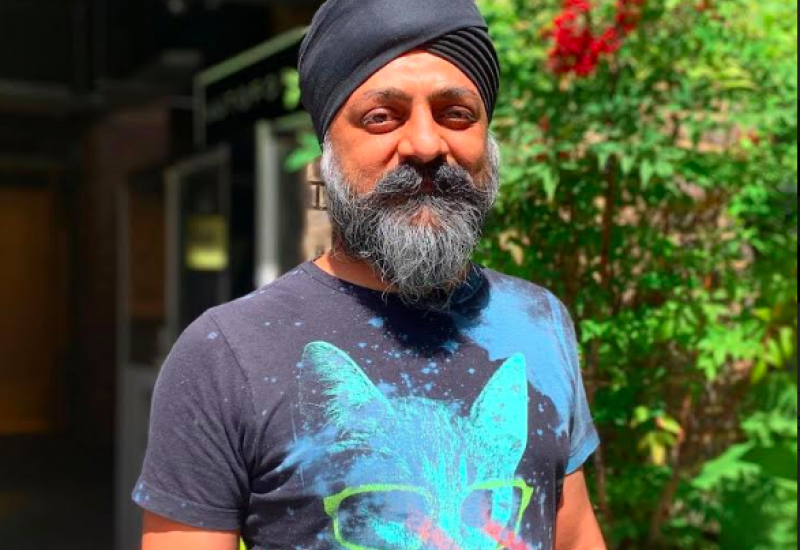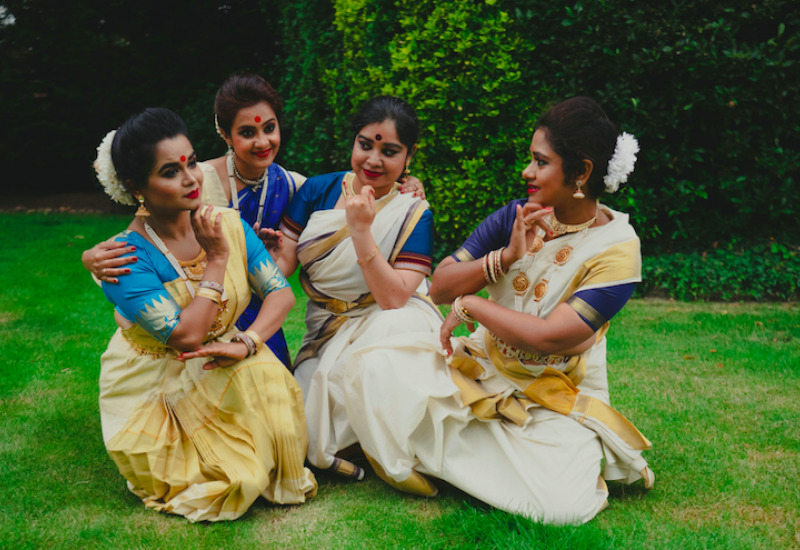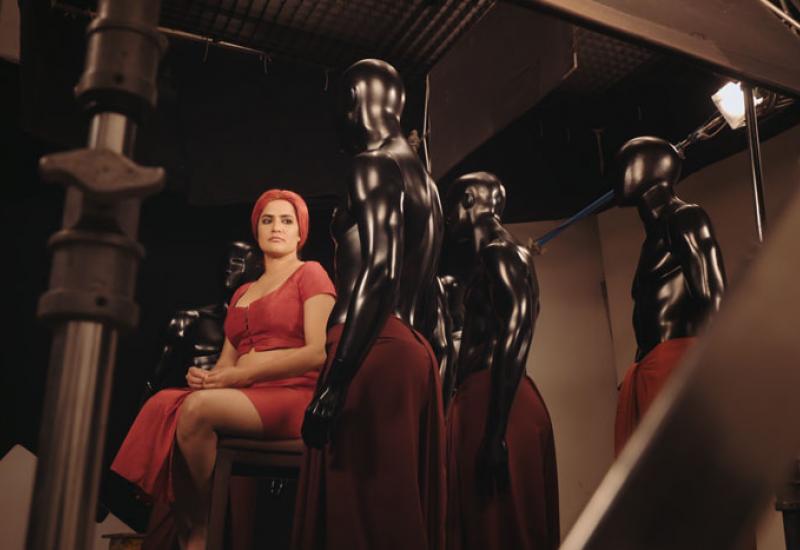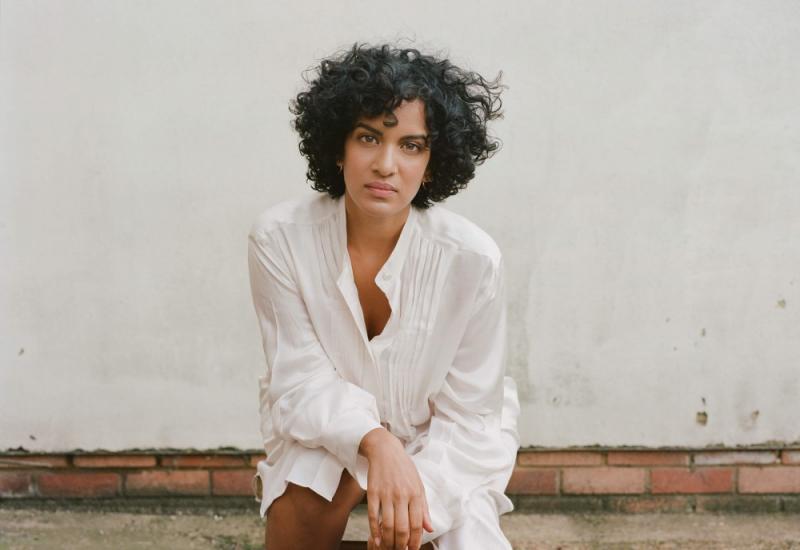Ganga Chamber Opera- Jataneel Banerjee
Jataneel Banerjee, Hindustani vocalist and composer known for his work with South Asian dance, became fascinated by Western opera whilst studying for a masters at the Royal College of Music. Inspired by Savitri, the chamber opera by Gustav Holsts, Jataneel embarked on an ambitious project to use the story of Ganga to write a piece for six voices, a string quartet, and a choir of Hindu priests. The libretto is in Sanskrit.
Ganga will premiere at the Wandsworth Fringe Festival on Sat 14 June with a second showing on Sunday 25 June.
Pulse caught up with the composer at a rehearsal in North London.
Q.Jataneel you are known in the South Asian circles as a composer and vocalist. You trained in India as an Electrical & Electronics engineer, how did you make the transition to music composition?
A. I was extremely fortunate to be born in a family of musicians. Music was part of my upbringing. Right from childhood, I had a keen interest in composing my own music. Being a student of Indian classical music, improvisation was a core skill I learnt and developed. This was an important tool that helped me to write my own music.
Like most middle-class Indian families, formal education was very important. Therefore, I pursued a degree in Electrical & Electronic Engineering. Although music was an integral part of my life, I never planned to become a professional musician. Music was never a hobby, it was a passion. After completing my engineering, I decided to spend some time honing my musical skills further. I applied to study music in the UK. It was a real urge from within to learn western classical music. I was accepted for a postgraduate study in composition at the Royal College of Music (RCM). My admission to RCM gave me the confidence to take music seriously as a career option and I decided to make the transition.
Q. Where does your interest in creating chamber-opera come from?
A. The seed of writing an opera got planted in my mind during my RCM days. I had no idea of how to go about it and write one. I watched fully produced operas and aimed to write and produce something of my own. However, it took me over 8 years to realise that my approach to writing a full-blown opera is not realistic. Whilst researching on modern operas, I came across Gustav Holst’s chamber opera ‘Savitri’. This gave me the idea to write a chamber opera which certainly seemed more achievable.
While at RCM, I always wondered if there was any opera, composed in an Indian language. Since I was always fascinated by Sanskrit, I was craving to listen to operas which were written in Sanskrit. Unfortunately, I could not find any except Philip Glass’s ‘Satyagraha’. The lack of repertoire was a big motivation for me to start writing a chamber opera in Sanskrit.
Q. What does composition mean for Hindustani music which is mainly passed down from teacher to student?
A. The training in Hindustani classical music is primarily based on learning how to improvise on a set composition which the teacher (Guru) teaches. Within the framework of a Raaga, during a performance, the vocalist or the instrumentalist improvises. They are constantly coming up with interesting short melodic phrases. This is a skill every Indian classical musician develops. However, there is no specific training on the practice of composing music. Some students utilise this skill and use it to start writing their own composition. A very important point to note here is, the compositions in Indian classical music are primarily melodic whereas, in western classical music a composition is both melodic and harmonic.
Q. For someone who has never been to an opera, how will you prepare them to receive the music?
A. The compositions are quite tonal in nature. Our ears are quite receptive to tonal music in general. I have consciously avoided a tonal and avantgarde approach. One of the key components of the music in this opera is the hummable melody. There are short musical motifs throughout the opera which repeat at certain intervals to take the narrative forward. Stylistically, it retains the integrity of an European opera. However, the entire music is inspired from raag Charukeshi. All melodic and harmonic ideas are derived from the notes used in this raaga.
Q. What would you like audiences to take away from the experience of Ganga?
A. I would like the audience to enjoy the story of Ganga as narrated in Mahabharat through this chamber opera. Imbibe the experience of a creative effort to amalgamate the Indian and western classical music. Value the richness of Indian culture highlighted through the temple priest choir. Have the urge to discover more stories from Indian mythology and perhaps an interest in Sanskrit, the language in which these stories were written and told.
Q. Can you give a brief outline of the story of Ganga?
A. The story of Ganga, from the Indian epic poem Mahabharata, is the tale of heartbreak, promises and love. Ganga is a powerful, celestial river goddess, whose womb becomes the medium to fulfil the higher purpose of gods and men. She descends to the mortal world to free Mahabhish and the eight Vasus from their curse.
Cursed and doomed to be born as mortals, the eight Vasus choose Ganga to be their mother. She promises to release all but one from the curse; the last must live on earth. Ganga chooses her beloved Shantanu, the incarnation of Mahabhish and the mighty king of Hastinapur, to be the father. But, to keep her promise to the Vasus, she must also break his heart to liberate him from his curse too.







